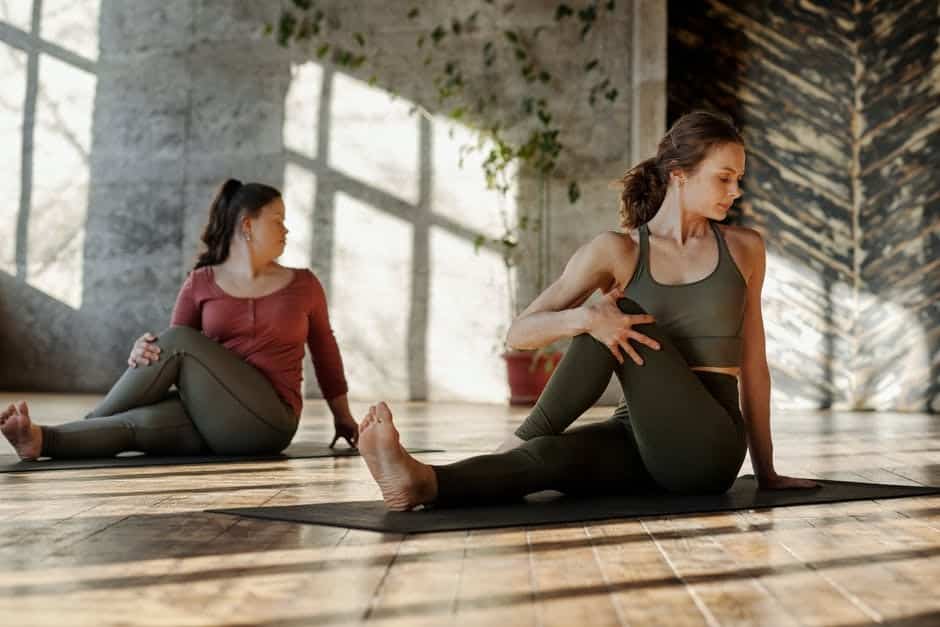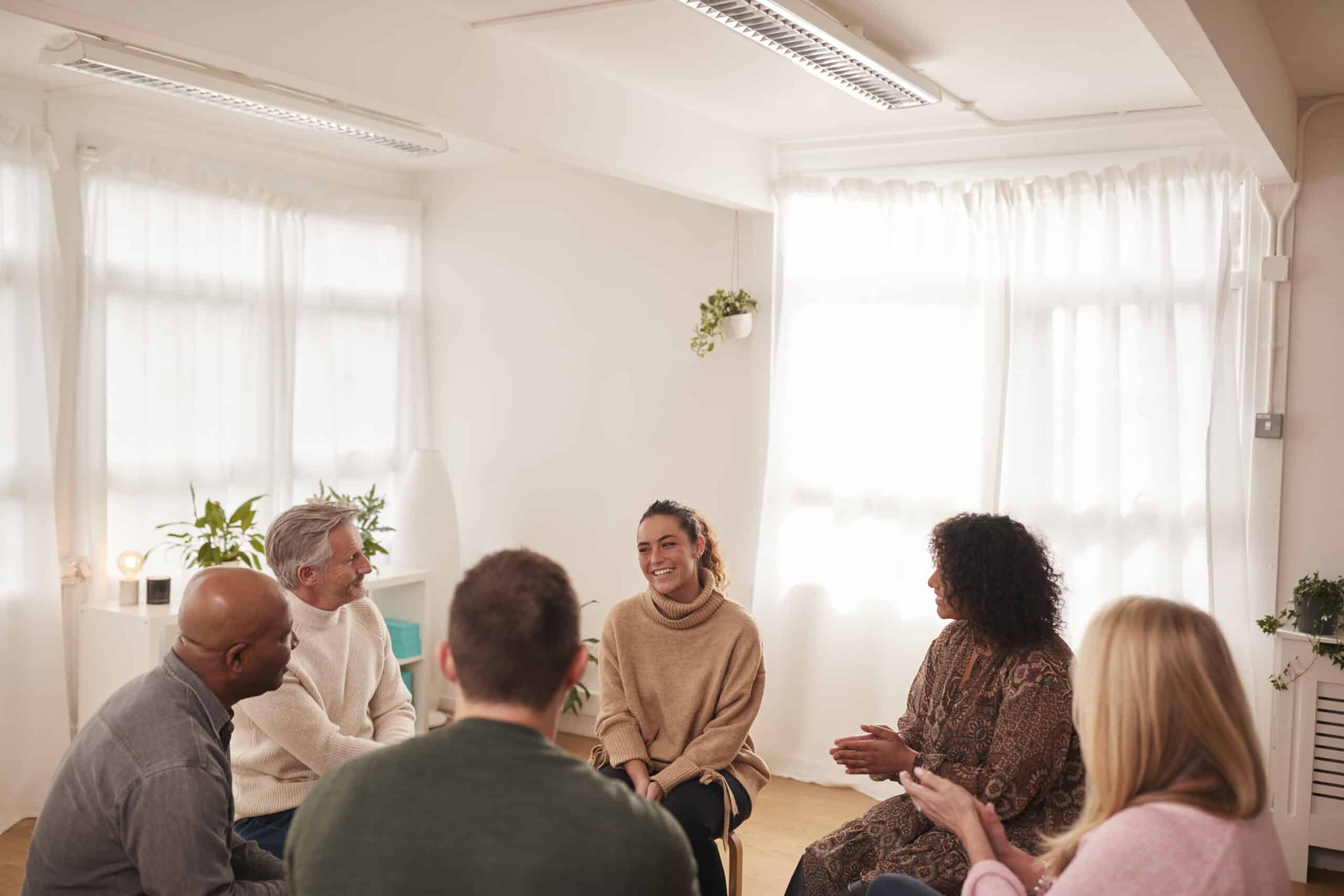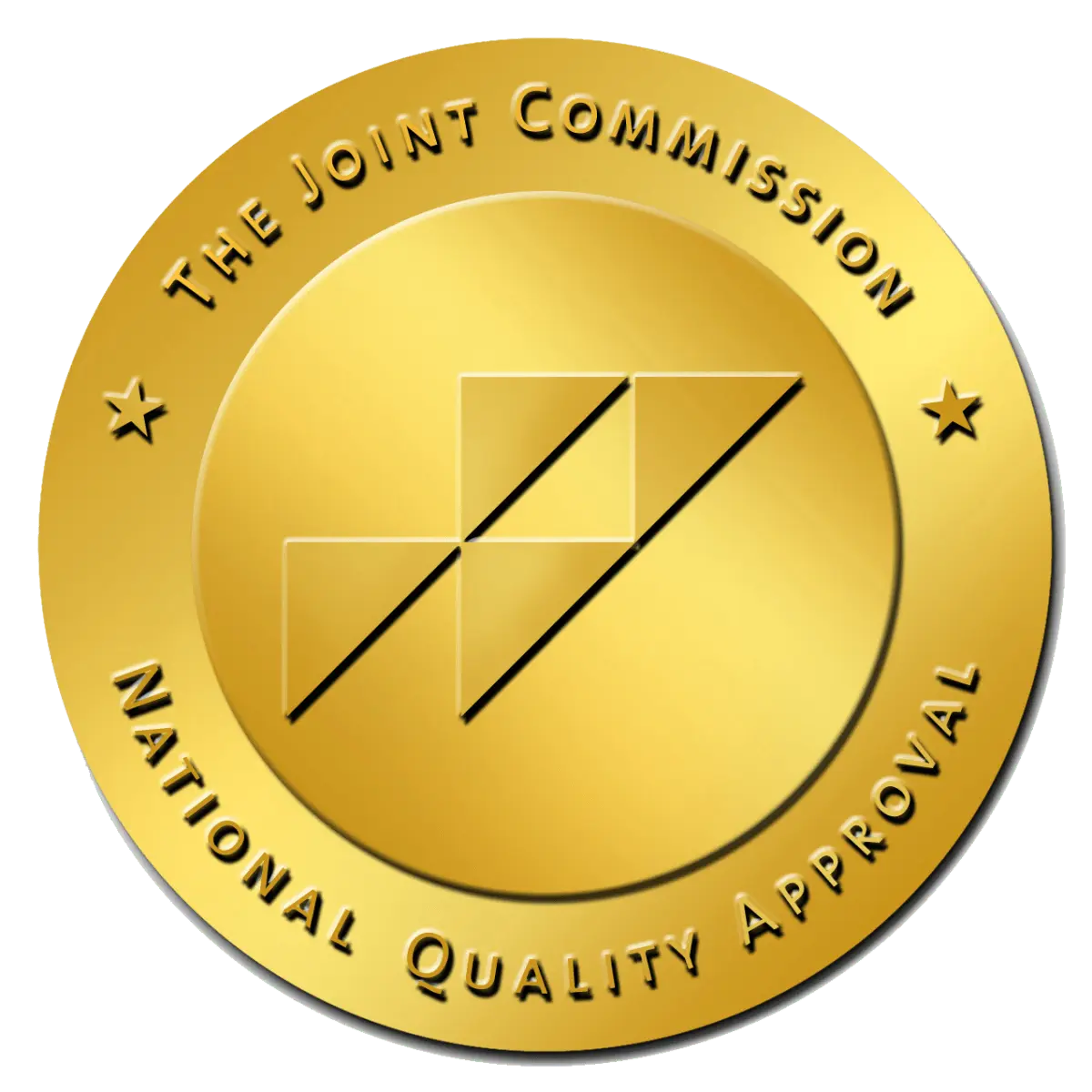Yoga is one of the many treatment programs we offer at Villa Oasis San Diego. Yoga has many benefits, such as improving circulation, flexibility, and mindfulness. There are many reasons why yoga as a practice can benefit your treatment experience and why you should add it as physical activity during treatment and recovery.
What Is Yoga?
Yoga is a practice that connects your mind with your body and spirit. You might recognize it as a person stretching themselves in impossible poses on a thin mat, but it’s much more. Yoga started in ancient India and has gained popularity in every part of the globe.
You can practice yoga at any level of difficulty or physical ability, so you don’t need to worry about hurting yourself. Hundreds of yoga poses and flows can serve many different purposes, such as alleviating back pain, waking yourself up, or winding yourself down after a long day.
How It Helps With Addiction Treatment
A person struggling with substance use disorder often finds that it negatively affects both their mind and body. Yoga taps into our bodies’ mental and physical aspects and can help with healing within just a few sessions.
An Active Way to Practice Mindfulness
An overly active mind can be challenging to control. Mindfulness is a valuable skill to learn if you struggle with catching your emotions before they happen or aren’t aware of how your thought processes affect your behavior.
Mindfulness can be practiced through things like meditation or breathwork, but yoga can be an excellent alternative for those who find it challenging to sit still. Yoga lets you stay in the moment, paying attention to your breath and how your body feels without the distractions of your internal thoughts or external environment.
Improves Your Body on Multiple Levels
Addiction can impact your body in many negative ways. People with addiction might be unable to handle high-intensity exercise, making yoga a great alternative. Yoga improves your body on many levels, including flexibility, balance, muscle tone, blood circulation, and joint health. Since it is low intensity, it can be rehabilitative.
Even types of yoga are trauma-informed, meaning the flows in the practice consider where trauma sits in the body. Trauma-informed yoga also takes into consideration how certain poses might be triggering to an individual.
Allows You to Form a Relationship With Your Body
Forming a solid relationship with your body can help you recognize when your body needs care. This can also allow you to love and appreciate your body. If you are a person who spends a lot of time in your head or doesn’t feel connected to your body, yoga can help you reform that connection. While you do poses, you can be in your body, noticing how your muscles and joints feel when you stretch them.
How to Incorporate Yoga Into Your Routine
Yoga is a mental and physical exercise you can easily do from the comfort of your home or in a class with other participants. There are many ways you can add it to your day and into your routine.
Start Your Day With a Yoga Flow
If you find that you feel stiff in the morning, stretching out your body first thing can be a great way to wake up. A morning yoga flow can loosen your joints and muscles and bring you into a positive mindset at the beginning of your day. Some yogis might even offer words of affirmation to think about during the rest of your day.
Practice Yoga Before Bed
After a long day, your body might feel sore. A sore body can make it difficult to sleep. Stretching your body before bed can be an excellent addition to your night-time routine. A yoga flow can melt the stress away.
Join a Yoga Class
Taking part in a local yoga class can be an excellent opportunity to meet new people in your community and start a new hobby. Many yoga studios offer free beginner classes. If you have a gym membership, check if your local gym offers yoga classes. Some places in the community, such as a local library or cultural center, might offer free yoga classes as one of the many classes they offer.
Start With the Basics
If you are new to yoga, you’ll want to make sure that the poses you try are easy. This way, you won’t have to worry about pulling a muscle or hurting a joint. The most common yoga beginner yoga poses are “downward facing dog,” “tree pose,” and “tabletop pose.”
There are many videos available online that can help you get the pose right. Practice with a friend who can help you adjust your pose to target the right muscles.
There are plenty of benefits to trying yoga, and it’s no wonder the practice has gotten very popular. You wouldn’t normally associate yoga with addiction treatment and recovery, but it has been found to help many struggling with addiction. Yoga can help you begin rehabilitating your body and your connection to it.
Every time you practice, you’ll feel more grounded and mindful. Yoga can also put you in a healthy mindset in treatment because the practice is centered around inner peace.
Villa Oasis in beautiful San Diego offers yoga as one of our many different forms of treatment. It fits perfectly with our holistic approach to care, connecting the whole self. If you want to learn more about the yoga classes we offer as a part of our program or any other programs, call us at (323) 739-8673. Don’t hesitate; we’re just one call away.




